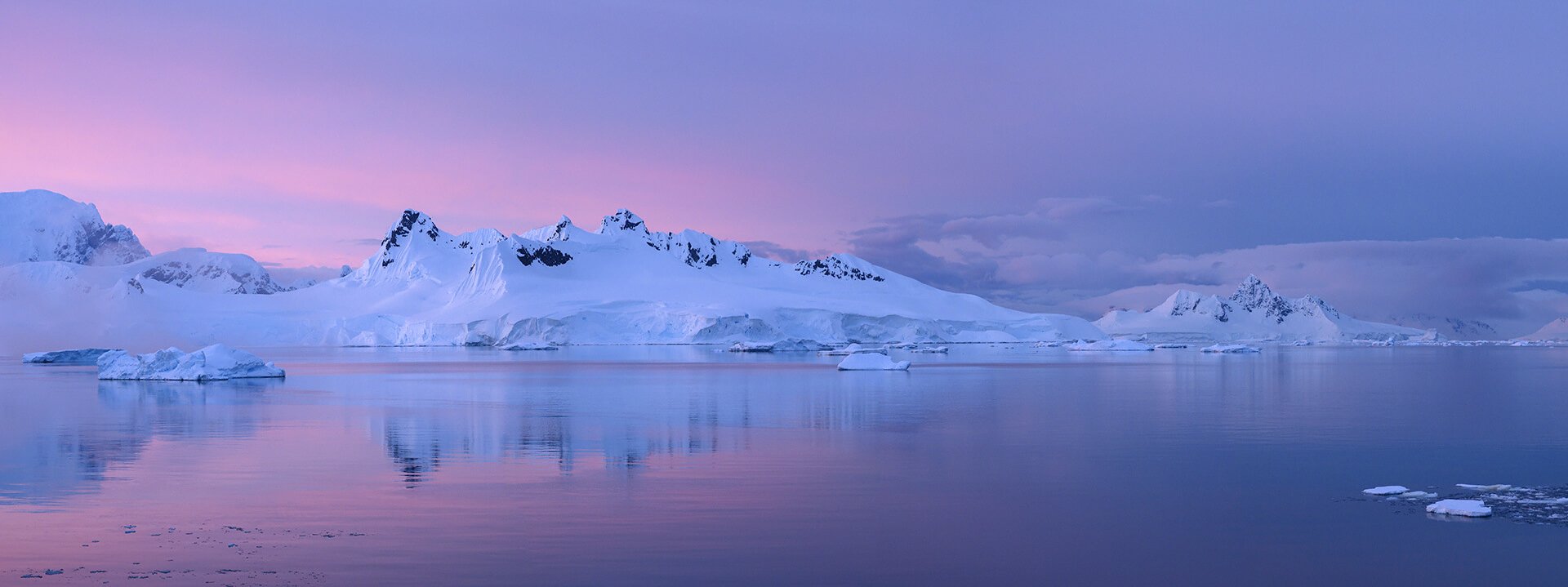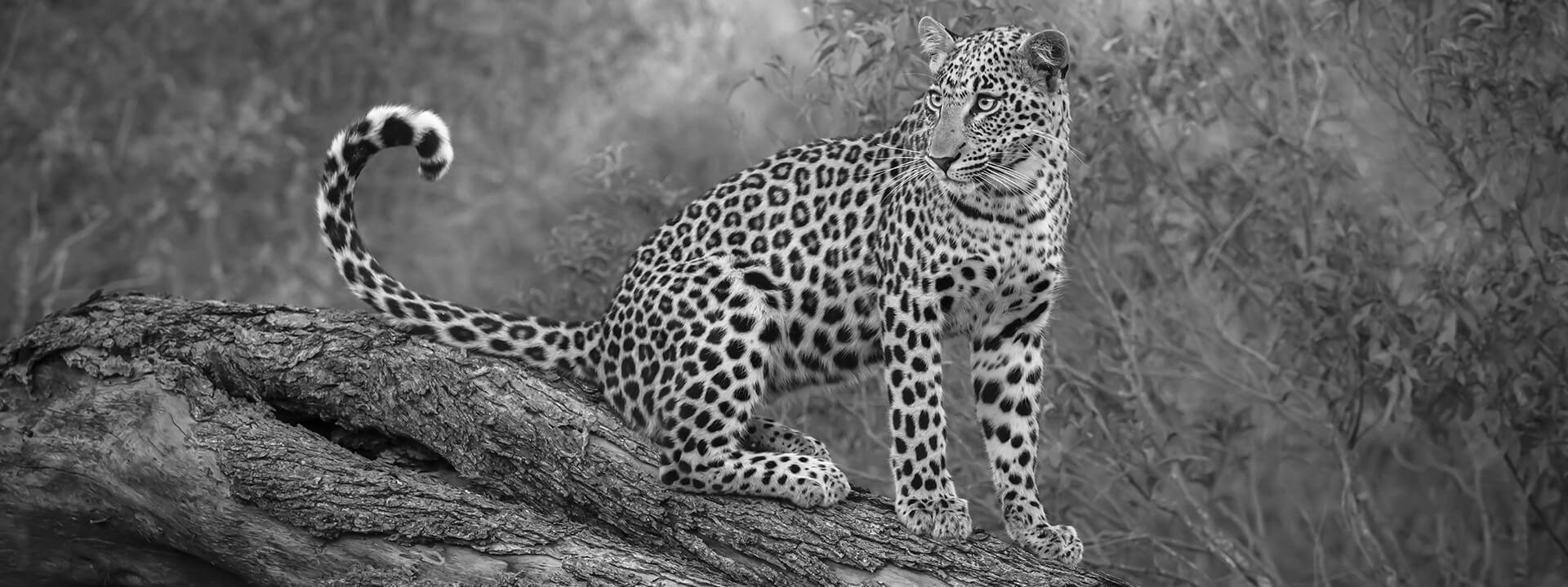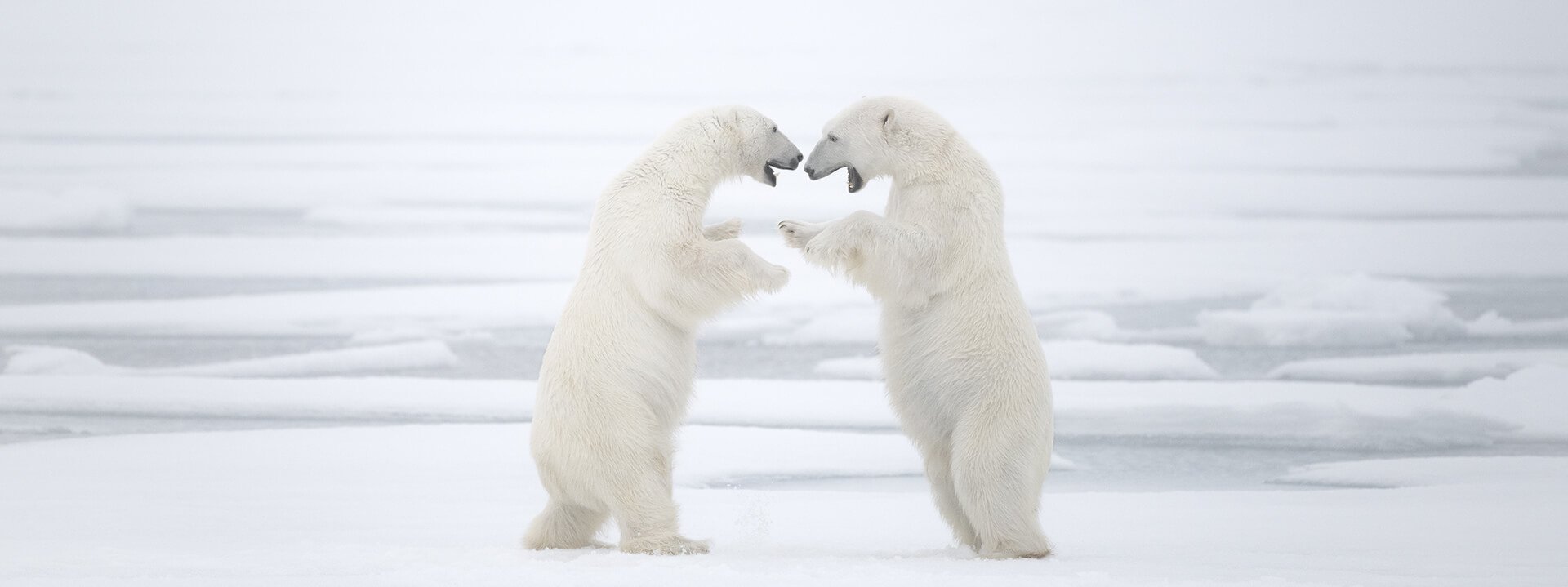
Marsel van Oosten
Wildlife and Landscape

My images are a personal, artistic interpretation of the natural world
Biography

Dutch-born Marsel van Oosten began his career in advertising. Photography started as a means of escaping fast-paced advertising-life, but it was during a trip to Tanzania and close encounters with the animals of the Serengeti, where Marsel developed a passion for wildlife photography. Five years later, Marsel left advertising to become a full-time photographer, and hasn’t looked back.
Marsel’s images, which feature in galleries and museums across the globe, are famed for their composition, lighting, colour and perspective. In his work, he tries to keep his images clean and uncluttered, enabling the viewer to focus on the image’s inherent graphic qualities.
As a result, he has been decorated with many prestigious awards, including winning the overall titles for; Wildlife Photographer of the Year (Natural History Museum), Travel Photographer of the Year (TPOTY), and International Nature Photographer of the Year (2x in the International Photography Awards).
Furthermore, his awards cabinet includes; First Prizes in the European Wildlife Photographer of the Year (Natural History Museum) and Nature’s Best International Photography Awards, two First Prizes in the Travel Photographer of the Year (TPOTY), and several awards in the Wildlife Photographer of the Year (Natural History Museum).
Marsel currently spends his time between The Netherlands and South Africa running specialized nature photography tours with producer Daniella Sibbing.
Gallery
Marsel's images celebrate the beauty of the natural world, while also depicting how fragile it is. Through his images, he hopes people will realise the importance of conserving and protecting the planet for future generations to come.
What’s in my bag?

My photography portfolio is very diverse, meaning it’s crucial I have a broad selection of kit on hand to suit the different environments I shoot in. From photographing endangered species to capturing far away landscapes, I need equipment that will work in the toughest conditions for both nature and wildlife. Nikon’s wide selection of cameras and lenses never let me down.

Nikon D850
The D850 is such an all-round camera and is at the centre of every shoot I do. It has the ultimate blend of resolution, speed and light – making it extremely versatile and suitable for many photography fields. Depending on the subjects and conditions, I tend to switch around the D850 between nature and wildlife shooting. Either way, it’s become an absolute staple in my kitbag, and I wouldn’t go anywhere without it!
View Camera
Nikon Z 7
Using the Z 7 was a whole new experience for me. Its wide 55mm mount diameter means it can take in so much light, which is perfect for nature photography - especially when you’re not in control of the light that you’re working with. I also loved the lightweight feel of the Z 7. It has quickly become the camera I always bring out with me because I can. It’s so compact and there’s always room in my kitbag for it.
View Camera
Nikon D5
The D5 has been my go-to camera for wildlife shoots. You can shoot up to 12 fps, and its AF tracking and viewfinder visibility work especially well when shooting anything that’s changing direction, for example when I’m photographing birds in flight. It’s also built like a tank and is the camera that I always grab when I know the conditions are going to be brutal. Be it severe sandstorms or howling blizzards – the D5 will survive!
View Camera
NIKKOR Z 24-70mm f/4 S
I really enjoyed pairing Nikon’s new mirrorless lens alongside the Z 7. So far, I’ve tested them across a variety of different landscapes, from the icebergs in Antarctica to the African savanna. What’s more impressive is the camera’s ultra-wide Z mount, which enables the lens to capture more light across the entire frame. The final images have edge-to-edge sharpness and vivid colour, and I’ll definitely be taking these on my upcoming expeditions.
View Lens
AF-S NIKKOR 14-24mm f/2.8G ED
Working with zoom lenses enables creativity when shooting. The super wide view of the 14-24mm lens combined with its fast f/2.8 aperture makes this my go-to night photography lens, perfect for landscapes. Whether it’s capturing the Milky Way or shooting a night time-lapse video, this lens is my first choice every time!
View Lens
AF-S NIKKOR 24-70mm f/2.8G ED
The 24-70mm lens is another staple for landscape photography. Its constant aperture of f/2.8 makes it a truly versatile lens, capable of shooting in various conditions and always delivering extraordinary sharpness, colour and contrast. An absolute must for my kitbag.
View Lens
AF-S NIKKOR 70-200mm f/2.8G ED VR II
The 70-200mm is one of my favourite lenses. It’s razor-sharp and offers a lot of creative flexibility with its focal range. I like using it for landscape photography to isolate elements or to compress the perspective, as well as using it for wildlife photography when I want to include a bit of the animal’s habitat and create so-called ‘animalscapes’.
View Lens
AF-S NIKKOR 180-400mm f/4E TC1.4 FL ED VR
This is without a question my most important wildlife lens. It has a fast and accurate AF, is very sharp and has an amazing focal range. With the flip of a switch I can turn this into a 250-560mm lens whenever I need more focal length – so when an animal is walking away from me or coming towards me, I can easily keep it at the same size in my frame. The images are always sharp, and every movable part of the lens barrel is sealed, making it perfect for harsh weather and tough outdoor environments.
View Lens
















 Contact Us
Contact Us